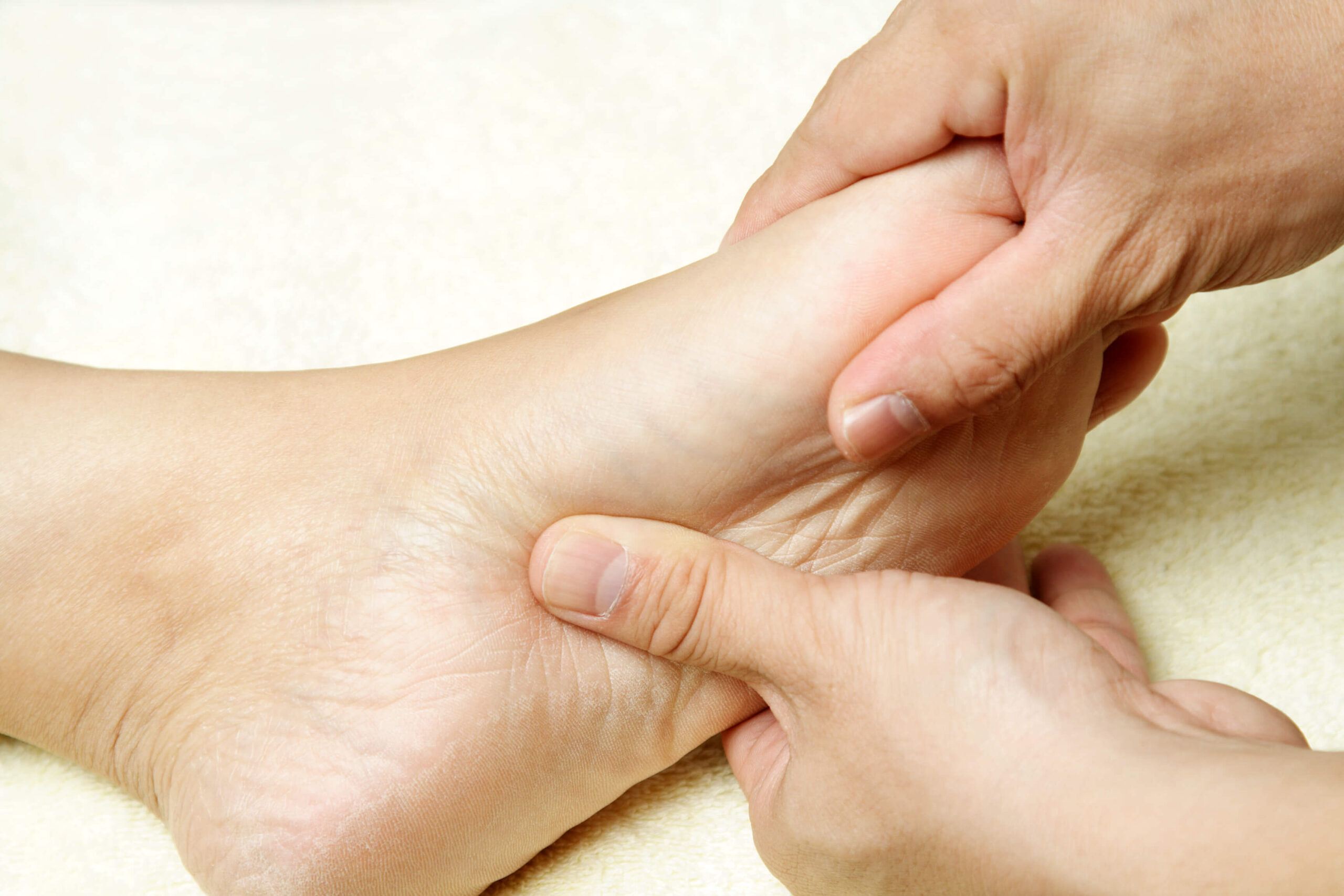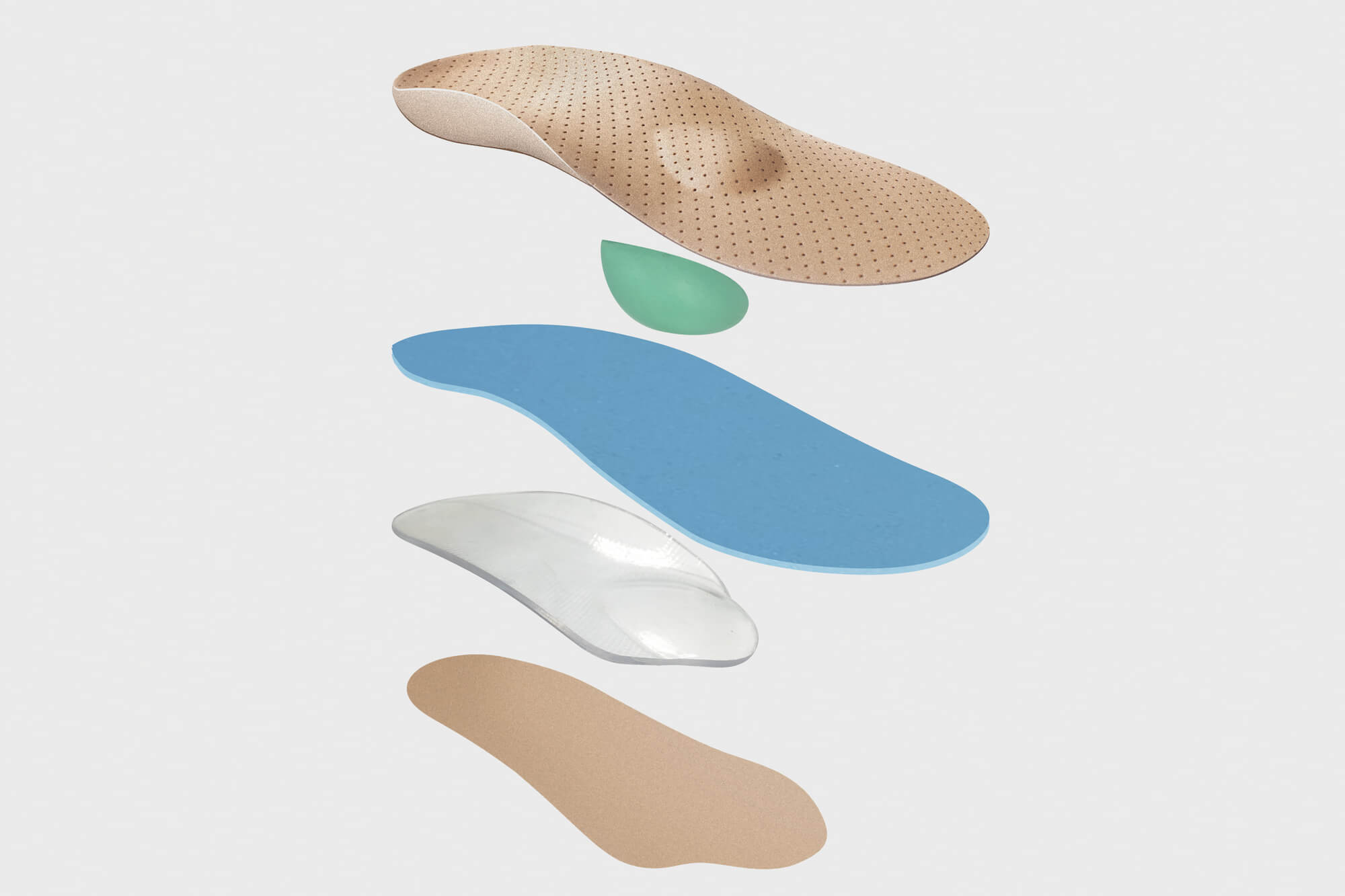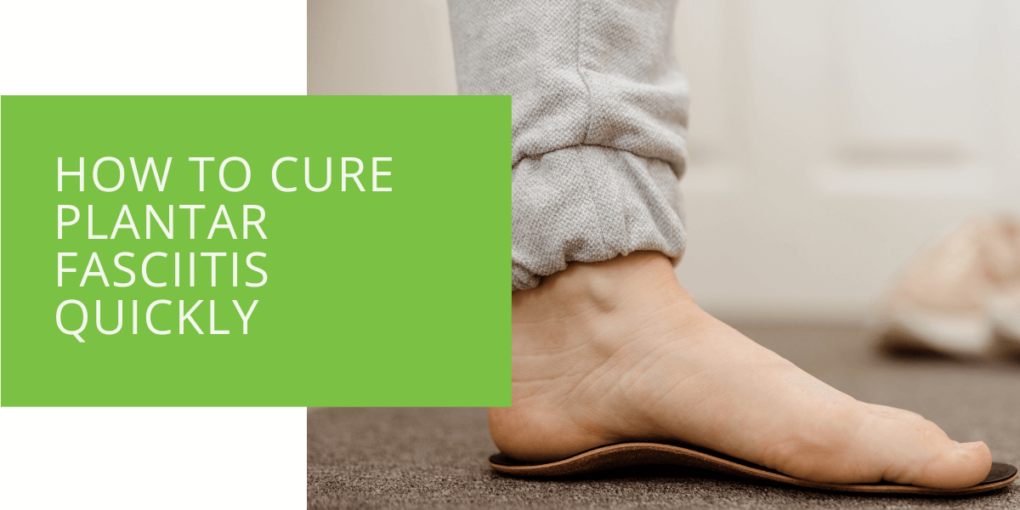How to Cure Plantar Fasciitis Quickly
Plantar fasciitis is a common condition that causes pain and inflammation in the bottom of the foot, specifically in the heel and arch. It is often caused by overuse, improper footwear, and poor foot mechanics, and can be a chronic and debilitating condition if left untreated. If you're suffering from plantar fasciitis, you're likely looking for quick relief, so you can get back to your normal activities. In this article, we'll explore the top 10 plantar fasciitis treatments that can provide quick relief and help you get back on your feet.
Top 10 Plantar Fasciitis Treatments for Quick Relief
Stretching Exercises
Stretching exercises are an important part of the treatment plan for plantar fasciitis. They can help to reduce pain and improve flexibility in the foot and lower leg muscles and tendons. Some effective stretches include the calf stretch, plantar fascia stretch, and toe stretches.
To perform a calf stretch:
- Stand facing a wall with your hands on the wall at shoulder height.
- Step back with one foot and place it behind you, keeping your heel on the ground.
- Lean forward until you feel a stretch in the calf of the back leg.
- Hold the stretch for 30 seconds and then switch legs.
- Repeat the stretch several times on each leg.
To perform a plantar fascia stretch:
- Sit in a chair with your affected foot crossed over your opposite knee.
- Using your hand, gently pull your toes back towards your shin until you feel a stretch in the bottom of your foot.
- Hold the stretch for 30 seconds and then switch feet.
- Repeat the stretch several times on each foot.
To perform toe stretches:
- Sit in a chair with your affected foot crossed over your opposite knee.
- Grasp your toes and gently pull them towards you until you feel a stretch in the top of your foot.
- Hold the stretch for 30 seconds and then switch feet.
- Repeat the stretch several times on each foot.
It's important to perform these stretches several times a day to see the best results.

Ice Therapy
Ice therapy, also known as cryotherapy, can be an effective treatment for plantar fasciitis. It works by reducing inflammation and numbing the pain in the affected area.
To use ice therapy:
- Fill a plastic bag with ice cubes or use a bag of frozen vegetables.
- Wrap the bag in a towel or cloth to protect your skin.
- Place the ice pack on the affected area for 15-20 minutes at a time.
- Repeat the process several times a day.
It's important to avoid applying the ice directly to your skin to prevent frostbite. Always use a towel or cloth as a barrier.
Massage
Massage can be an effective treatment for plantar fasciitis as it can help to loosen tight muscles and improve circulation, aiding in the healing process. There are several ways to massage the foot and lower leg:
- Using a foam roller: Place the foam roller on the ground and sit on it with your affected foot on top. Roll the foot back and forth over the foam roller, applying pressure as needed.
- Using a tennis ball: Sit in a chair with the tennis ball under the affected foot. Roll the ball back and forth under the foot, applying pressure as needed.
- Professional massage: Consider visiting a massage therapist or reflexologist for a professional massage. They will be able to target specific areas and apply the appropriate amount of pressure.

Arch Supports
Arch supports are inserts that are placed in the shoes to help support the arch of the foot and reduce strain on the plantar fascia. They can be made of a variety of materials, such as foam or hard plastic, and are designed to fit the contours of the foot. Arch supports work by providing additional support and cushioning to the foot, which can help reduce pain and inflammation in the plantar fascia. To get the best results, it is important to choose arch supports that fit properly and are made of high-quality materials.
To use arch supports, simply place them in your shoes before you put them on.
Rest and Elevation
Rest and elevation is a treatment for plantar fasciitis that involves taking a break from activities that put strain on the foot and elevating the foot above the level of the heart to reduce swelling and inflammation. Rest and elevation can be especially helpful if the pain is severe or if the plantar fascia has become inflamed due to overuse or overtraining. To get the best results, it is important to take regular breaks from activities that put strain on the foot and to elevate the foot whenever possible.
To elevate the foot, you can use a pillow or other supportive object to prop up your foot while you are sitting or lying down.
Orthotic Inserts
Orthotic inserts are special inserts that are placed in the shoes to help support the foot and reduce strain on the plantar fascia. They are made of a variety of materials, such as foam or hard plastic, and are designed to fit the contours of the foot. Orthotic inserts work by providing additional support and cushioning to the foot, which can help reduce pain and inflammation in the plantar fascia. To get the best results, it is important to choose orthotic inserts that fit properly and are made of high-quality materials.
To use orthotic inserts, simply place them in your shoes before you put them on.

Physical Therapy
Physical therapy is a treatment for plantar fasciitis that involves exercises and other techniques to help strengthen and stretch the muscles and tissues in the foot and ankle. Physical therapy can be performed by a physical therapist or trained healthcare provider, or it can be done at home with the guidance of a therapist. Physical therapy exercises may include stretches, strengthening exercises, and balance and coordination drills. To get the best results, it is important to follow a consistent and progressive exercise program and to perform the exercises correctly.
Night Splints
Night splints are devices that are worn on the foot and ankle at night to help stretch the plantar fascia and reduce pain. They are typically made of a soft, flexible material and are designed to hold the foot in a position that stretches the plantar fascia while you sleep.
Night splints work by gently stretching the plantar fascia and other tissues in the foot and ankle, which can help reduce pain and improve flexibility. To get the best results, it is important to wear night splints consistently and to adjust the splints as needed to ensure a comfortable and effective stretch.

Corticosteroid Injections
Corticosteroid injections are a treatment for plantar fasciitis that involves injecting a corticosteroid medication into the affected area to reduce inflammation and pain. Corticosteroid injections are typically performed by a healthcare provider and may be done in a clinic or doctor's office.
The injection is given directly into the area of the plantar fascia that is causing pain, and the medication is designed to reduce inflammation and swelling. To get the best results, it is important to follow the recommendations of your healthcare provider and to avoid activities that may exacerbate the condition until the injection has had time to take effect.
Surgery
Surgery is a treatment option for plantar fasciitis that may be recommended in cases where other treatments have not been successful in relieving pain and improving function. There are several different surgical options for plantar fasciitis, including releasing the plantar fascia, removing a heel spur, and cutting and reattaching the plantar fascia.
Surgery is typically only recommended for severe cases of plantar fasciitis that have not responded to other treatment options. To get the best results from surgery, it is important to follow the post-operative instructions provided by your surgeon, including any recommendations for physical therapy or other rehabilitation. It is also important to be patient, as full recovery from surgery can take several months.

What Is Plantar Fasciitis?
Plantar fasciitis is a condition that affects the plantar fascia, a band of tissue that runs from the heel to the toes on the bottom of the foot. It is responsible for supporting the arch of the foot and helping with movement. When the plantar fascia becomes strained or overworked, it can become inflamed and cause pain, especially in the heel and arch. The pain is often worse when you first get out of bed in the morning or after standing or walking for long periods of time.
Plantar fasciitis can be caused by a variety of factors, including overuse, improper footwear, flat feet or high arches, obesity, and certain occupations or activities that put strain on the feet. It is more common in people who are middle-aged or older, but anyone can develop the condition.
If you're experiencing pain in the bottom of your foot, it's important to see a podiatrist for a proper diagnosis. Other conditions, such as a stress fracture or nerve irritation, can cause similar symptoms and may require different treatment.
Conclusion
Plantar fasciitis can be a frustrating and painful condition, but with the right treatment, it is possible to find quick relief and get back to your normal activities. The top 10 plantar fasciitis treatments outlined in this article, including stretching exercises, ice therapy, massage, arch supports, rest and elevation, orthotic inserts, physical therapy, night splints, corticosteroid injections, and surgery, can all be effective in providing relief and aiding in the healing process.
It's important to work with a healthcare professional to determine the best treatment plan for your specific needs and to address any underlying factors that may be contributing to the condition. With the right treatment and proper foot care, you can find relief from plantar fasciitis and get back to enjoying your favorite activities pain-free.

